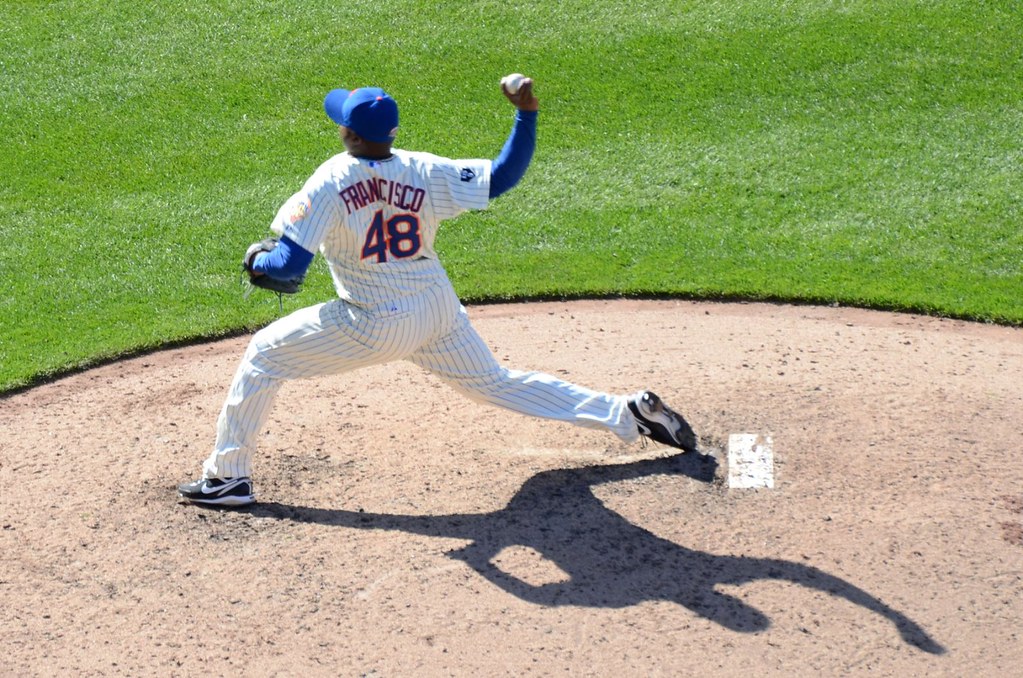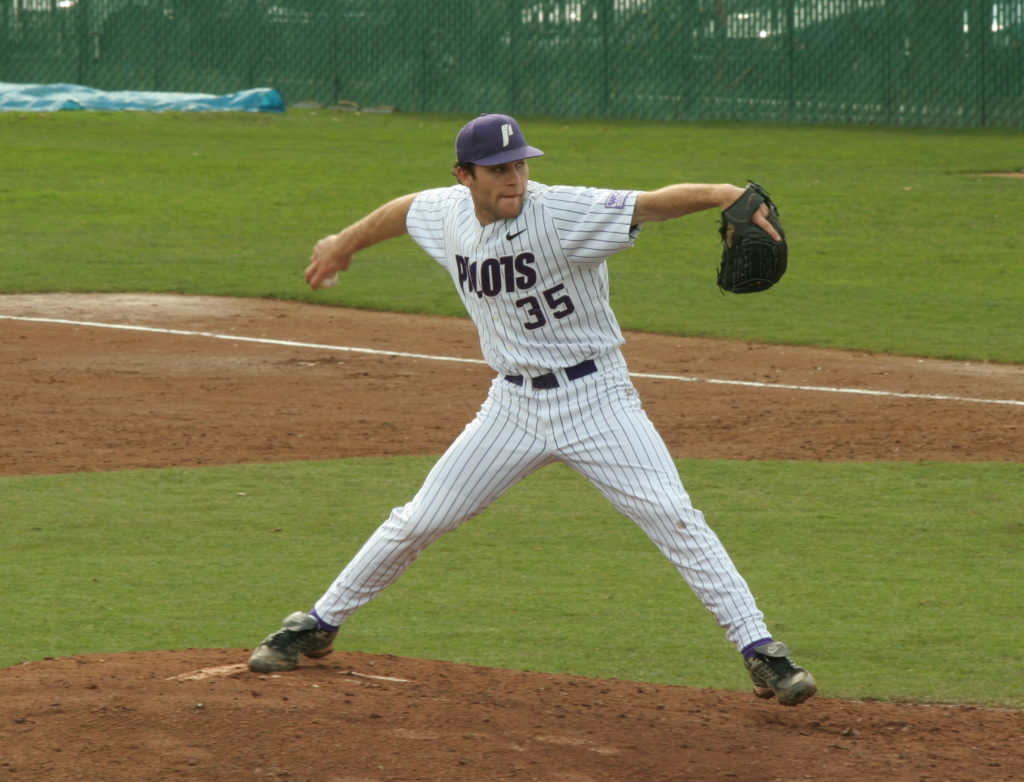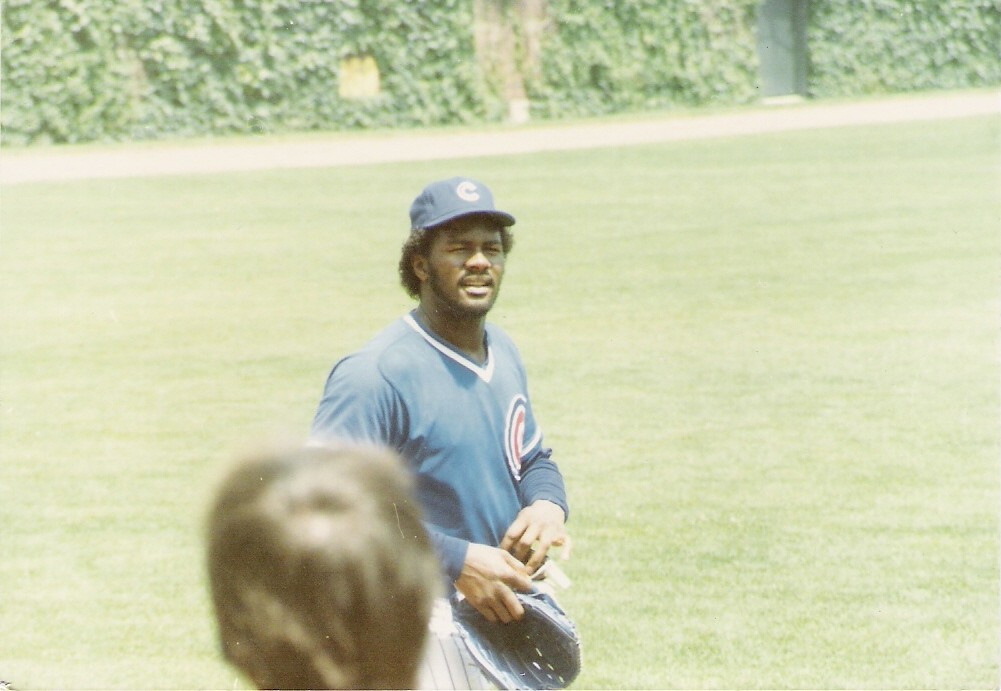Baseball has no shortage of confusing terms. One excellent example is the save as its definition is fairly similar to a win. Wins in baseball are given to the winning pitcher of the team that took the lead. On the other hand, saves go to the last person who pitched for the winning team. At this point, it might still sound confusing to you. It should be best for you to continue reading so you’ll know what is a save in baseball.

As per the official definition of the term ‘Save’ in baseball, it states:
A save is awarded to the relief pitcher who finishes a game for the winning team, under certain circumstances. A pitcher cannot receive a save and a win in the same game.
What is the History of Saves in Baseball?

Although the term ‘Save’ has usage that dates back as far as 1952, professional baseball leagues often used it for pitchers who finished winning a game but were not credited with the victory.
In 1960, baseball writer Jerome Holtzman came up with a formula that would evaluate a relief pitcher’s effectiveness based on the criteria set out by the American League. The idea was to replace the existing statistics that only account for earned run average and win-loss record.
In 1969, the save became an official Major League statistic. It was the first new major statistical category since the run batted in (RBI) was introduced in 1920. Bill Singer of the Los Angeles Dodgers earned the honor of recording the first official save of that year.
How do Pitchers Earn a Save?

According to the official MLB guidelines, specifically in Rule 9.19, it states that the official scorer shall credit the pitcher that did the save when that player met four conditions:
(a) He is the finishing pitcher in a game won by his team;
(b) He is not the winning pitcher;
(c) He is credited with at least 1/3 of an inning pitched; and
(d) He satisfies one of the following conditions:
(1) He enters the game with a lead of no more than three runs and pitches for at least one inning;
(2) He enters the game, regardless of the count, with the potential tying run either on base, or at bat, or on deck (that is, the potential tying run is either already on base or is one of the first two batters he faces); or
(3) He pitches for at least three innings.
If a relief pitcher meets all of the requirements for a save, he will be credited with a hold.
To put these guidelines into perspective, a save occurs when a pitcher enters the game with a lead after recording three outs. In this scenario, if the visiting team has a lead of three or fewer runs in the top half of the inning, the opposing team’s reliever comes in and closes the game.
In some cases, a closer enters a high-leverage situation and finishes the game. Also, if a pitcher enters a game with a five-run lead and the bases loaded, this would be considered a save situation. In this instance, the pitcher enters the game with a lead and finishes the game without allowing an earned run.
In these scenarios, if the lead is over three runs, the pitcher may earn a save as long he stays in the game. It’s also worth mentioning that a pitcher can only earn a win and a save in the same game. To qualify for a save, a starter must go at least five innings and allow no more than three runs. If a starter has a short start and a reliever enters the game with the lead, the latter may earn a save if they finish the game.
Are Saves in Baseball Rare?

Several situations in the MLB where a save can happen. But many matches also appear wherein saves don’t occur. In those cases, a home team generally earns walk-off wins.
Still, according to a statistics report, 1,180 saves happened in 2,429 MLB games in 2019. Therefore, 48.6% of those games ended with saves. In comparison, 2015 had 53.2% of its games during the regular season that ended in saves.
What is a Blown Save?
A blown save is a term used for a pitcher who enters a game with a save opportunity but who allows the tying run to score instead. This situation usually occurs when a player who is supposed to earn a save allows the tying run to score instead. If the player who allowed the run wins the game, the reliever is declared the winner.
Who Has the Most Saves in an MLB Career?
Some MLB players throughout history garnered more saves than the rest of the league. These professional athletes include the following:
1. Trevor Hoffman – 601 Saves

Trevor William Hoffman is a former Major League Baseball player who pitched for five different teams from 1993 to 2010. He was the first player in the Major League history to reach the 500- and 600-save milestones.
Hoffman was drafted out of the University of Arizona in the 11th round of the 1991 draft. After not having much success at the plate, he converted to a closer after being acquired by the Florida Marlins in the 1993 expansion draft.
Hoffman was also a seven-time All-Star and twice a runner-up for the NL Cy Young Award. He finished his career with a career record of 601 saves. But this record wasn’t Hoffman’s only achievement. One of the most notable characteristics of Hoffman’s was his impeccable strikeout rate.
After retiring as a player, Hoffman joined the front office as a special assistant. He spent the next two years as the Padres’ pitching coordinator.
2. Lee Smith – 478 Saves

Lee Arthur Smith was a professional baseball player who played 18 years in the Major League. He was one of the most dominant closers in the history of the game. Smith was a right-handed pitcher who was drafted by the Chicago Cubs in the 1975 Major League Baseball draft.
In 1991, he set a major league record with 47 saves in the NL, and he was the second-highest ranked player in the AL with a Cy Young Award. By the end of his professional baseball career, Smith was able to garner a total of 478 saves.
After his major league career ended, Smith spent time working as a minor-league pitching instructor. He then served as the South Africa’s pitching coach for the 2006 and 2009 World Baseball Classic.
3. Francisco Rodriguez – 437 Saves

Francisco José Rodriguez, Sr., also called Frankie and K-Rod by fans and peers, is a former professional baseball player from Venezuela.
From 2002 to 2008, Rodriguez pitched for the Angels, Mets, and the Orioles. He then pitched for the Milwaukee Brewers from July 2013 to 2015. He then returned to the Brewers in 2014 and 2015. In 2007, Rodriguez tied Randy Johnson’s record for most wins in a single postseason. He would go on to help the Angels win the World Series, his first major league title.
Rodriguez also holds the MLB record for the most saves in one season. With 62 saves under his belt, he would go on and continue gathering saves until it reached 437 before he retired.
Aside from the players mentioned above, it’s also worth noting that the most number of saves in a career goes to Mariano Rivera with 652 saves in his 1995 to 2013 MLB career. Additionally, these players are part of the 300 save club, which is a pitchers’ group with 300 or more saves acquired in regular seasons.
Final Words
A save is a statistic that pertains to a relief pitcher who saves a game for the winning team. First recorded in 1952, the MLB didn’t officially recognize this metric until 1969. Before the statistic became an official part of Major League Baseball, Holtzman established the criteria for how a relief pitcher should play in a match. Since its coining, several players, including Mariano Rivera and Francisco Rodriguez, garnered hundreds of saves throughout their professional baseball careers.






